Cities face challenge of an age-old problem
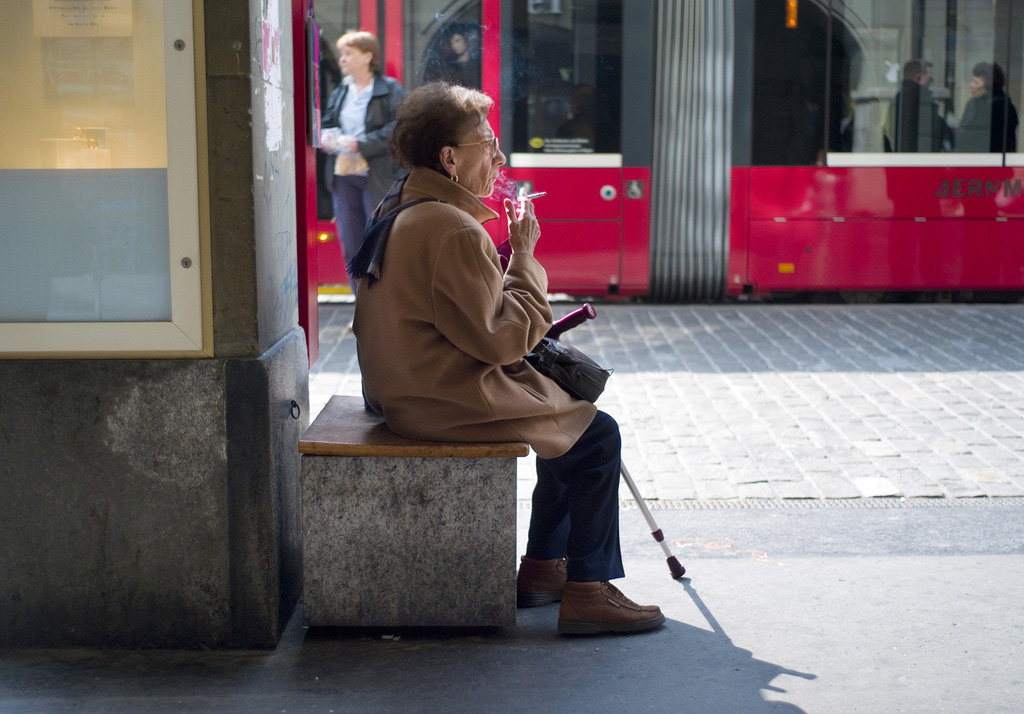
Urbanisation and aging: the trend in western societies is irreversible. If they are not to spawn ghettos and places of exclusion, cities – and urban planning generally – need to be revisited.
From 600 million to two billion: between 2000 and 2050 the number of people aged over 60 will triple. The over-80s – who will number more than 400 million – will quadruple. The proportion of over-60s will rise from 11 per cent to 22 per cent and, for the first time in history, there will be more elderly people than children under 14, according to the World Health Organisation (WHO).
At the same time, urbanisation will accelerate. Whereas in 1950 less than a third of the world’s population lived in cities, today the proportion is about 50 per cent, and by 2030 it should exceed 60 per cent.
These two powerful trends indicate the great challenge which societies face, particularly in the Western world, where the phenomenon of aging and urbanisation is most advanced.
If we add to this phenomena like growing individualism, the increase in the number of persons living alone and changes in family structure, and there is a risk that the elderly will end up more and more on the margins of society.
Rethinking the city is going to be indispensable if we do not want these developments to mean “real ‘social death’” for many elderly people, as pointed out by the report “Geneva, an age-friendly city”.
The problem is that today we often have “a problematic perception of the elderly and the phenomenon of population aging. For example, we think right away of geriatrics and Alzheimer’s disease, or we focus the discussion on the question of how many beds will be needed in rest homes and what the costs will be,” noted Marcello Martinoni, author of several studies on the topic.
The Ticino geographer pointed out that a country like Denmark decided as far back as the 1980s not to build any more old people’s housing, but to construct a range of alternative support services.
Active aging
“It is clear that being weak and frail is part of getting old. Yet we need to realise that the elderly in 20 years’ time will not be like the elderly of today, and not at all like the elderly of 20 years ago”, says Martinoni, who emphasises that a statistical indicator like “years of life in good health” is steadily increasing.
A paradigm shift is thus more necessary than ever. “We need to build cities geared to aging – cities where the built environment encourages active aging,” said Martinoni.
These are also the objectives for Pro Senectute, the main Swiss advocacy organisation for the elderly.
“Our goal is to offer elderly people the chance of living in their own homes for as long as possible,” said Alain Huber, secretary of the French-Swiss section. “To this end we offer a whole range of services, such as meals on wheels, transportation services, and domestic help to do small household jobs.”
Barriers are more than architectural
The problem of barriers due to architectural design is only one aspect of the issue. “It is clear that building cities and housing with the least number of barriers helps not only the elderly, but also the handicapped or even parents with prams,” said Huber. But that is not enough. “We also need to develop intergenerational projects to encourage communication and support between the generations.”
For Martinoni, it is essential to “anticipate aging”. Housing for example, should be designed so as to be able to adapt to all phases and needs in life. A four-room apartment, which worked fine when the children were at home, should be easily convertible so as to yield an extra independent living space.
Urban planning has a role to play in meeting the needs that the elderly will have: safe pedestrian areas, access to public transport, basic services, and so on – but also in combatting loneliness and isolation, the main problem (besides mobility) facing elderly people in cities.
“If an elderly person suffers from incontinence, it is hard for him to go out of the house to meet friends knowing that there won’t be public bathrooms on the way,” noted Martinoni. “Or if a bench is exposed to the sun and is put in a place where no-one ever goes by, it doesn’t help much.”
What about the need for “peace and quiet”? For Martinoni this is just a myth: “Our research shows that most elderly folk want life rather than isolated and peaceful locations.”
Cities on the move
Swiss cities are moving on these issues. “I think that there is a growing awareness of this situation. A lot of projects are happening,” said Huber.
Communities around the country have been engaging in research to examine the needs of the elderly population and adopting action plans. On November 19 in Bern, a “Swiss network of age-friendly cities” was inaugurated, the aim of which is to develop strategies to deal with the effects of population aging.
Given the complexity of the situation, a list of ready-made solutions, transferable from one place to another, will not do. And one element in particular cannot be left out: “The elderly person has to be considered as a citizen, as a participant in the process of design and not as a passive consumer of medical and social services,” stressed Martinoni.
“And at the level of society as a whole, we will have to stop talking about the problem of aging, and start thinking of this phenomenon as a resource.”
In recent years various projects and initiatives around Switzerland have been addressing the problems of the urban environment and population aging.
As part of National Research Programme 54, “Sustainable development of the built environment”, the cities of Lugano and Uster took part in the study UrbAging: planning and designing the urban space for an aging society. This study, carried out between 2007 and 2008, focused on the point of view of the elderly regarding use of public spaces.
Some communities have carried out studies to evaluate the main problems faced by the elderly. Since 2007, Geneva, for example, has been actively involved in the programme “Age-friendly cities”, developed in collaboration with the World Health Organisation.
Other than evaluating the situation, some communities and organisations working on behalf of the elderly, such as Pro Senectute, have started projects with the aim of improving liveability and encouraging intergenerational social links.
In Zurich, for example, Pro Senectute has been promoting the initiative “Wohnen für Hilfe” (housing for help). Under this arrangement, elderly people who have one or more rooms not being used in their homes make them available to students in exchange for services and help.
In canton Valais, on the other hand, “Domino” housing is sheltered apartment living in which elderly can opt to co-rent with people of their own age.
In canton Vaud, the local section of Pro Senectute and the Leenaards Foundation have developed an approach called ‘neighbourhood solidarity’. The aim of this method is to strengthen social links between people living in a neighbourhood, thus allowing projects – especially ones for the elderly – to be implemented.
At the start of the 20th century, one in five people in Switzerland were under 20 and only one in 17 were over 65 (less than 6%).
In 2010, the proportion was 20.8% to 17.1%, and for 2035 it is expected to be 19% to 26%.
Life expectancy in 2008 was 84.4 years for women and 79.7 for men, i.e. 20.4 years and 18.7 years respectively, after retirement.
(Translated from Italian by Terence MacNamee)

In compliance with the JTI standards
More: SWI swissinfo.ch certified by the Journalism Trust Initiative


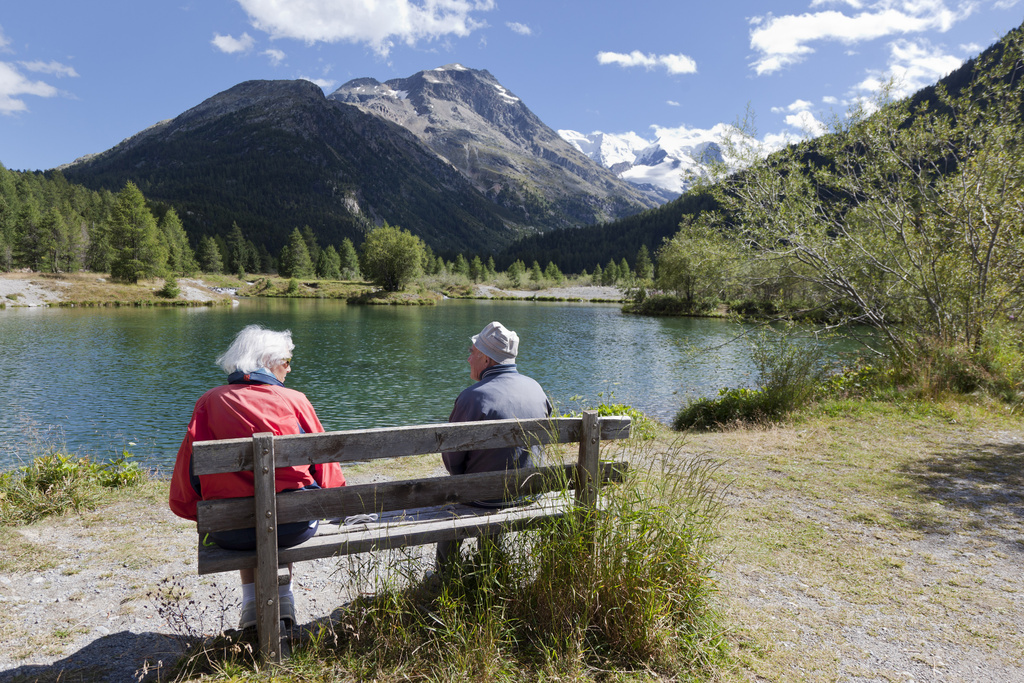
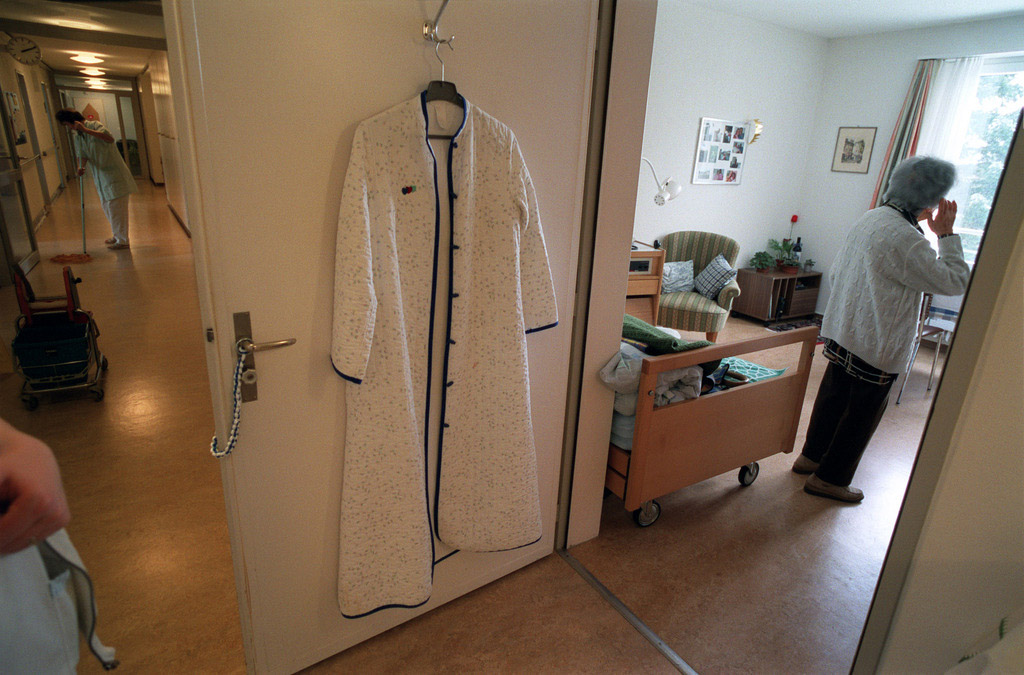
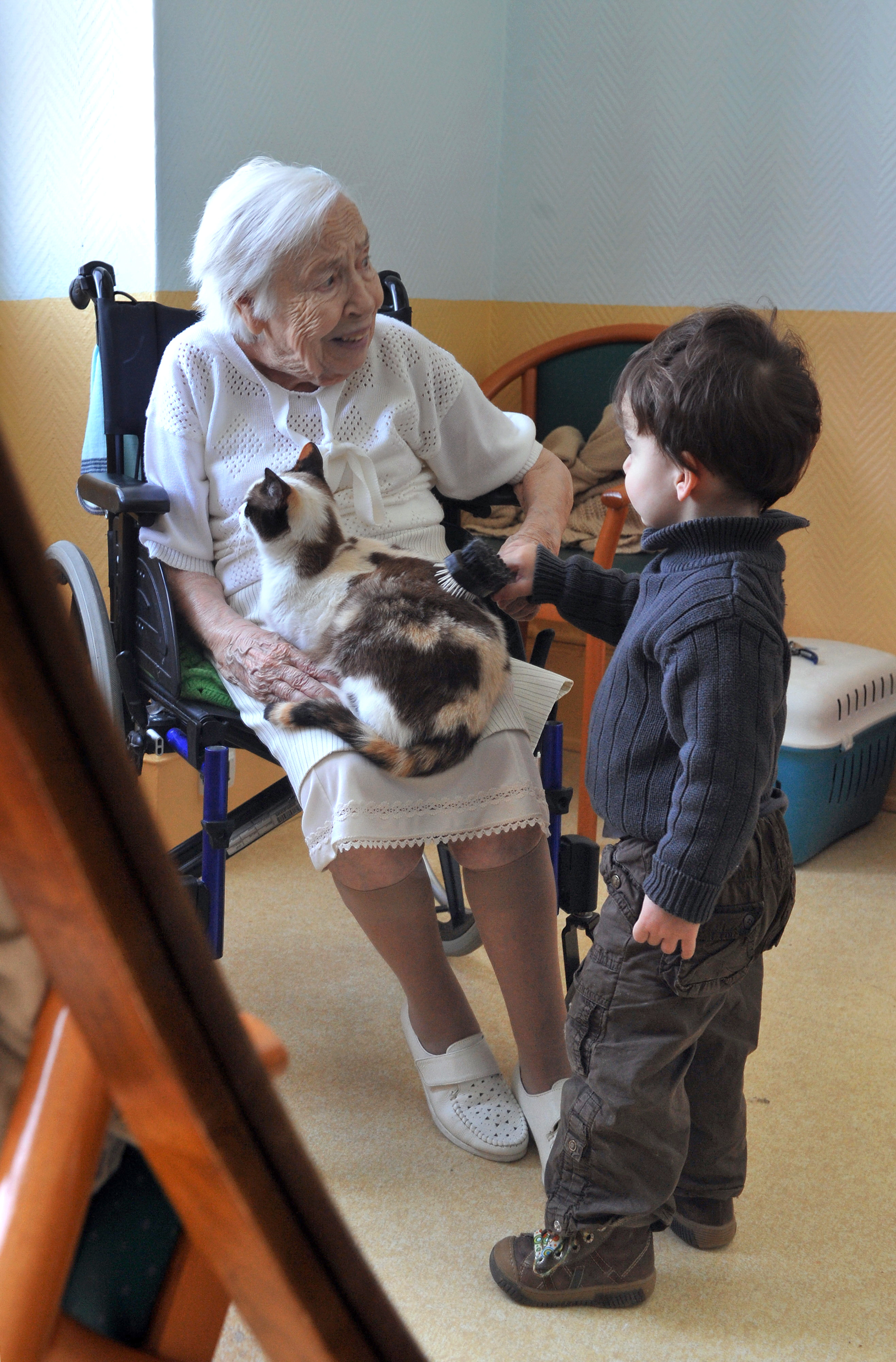
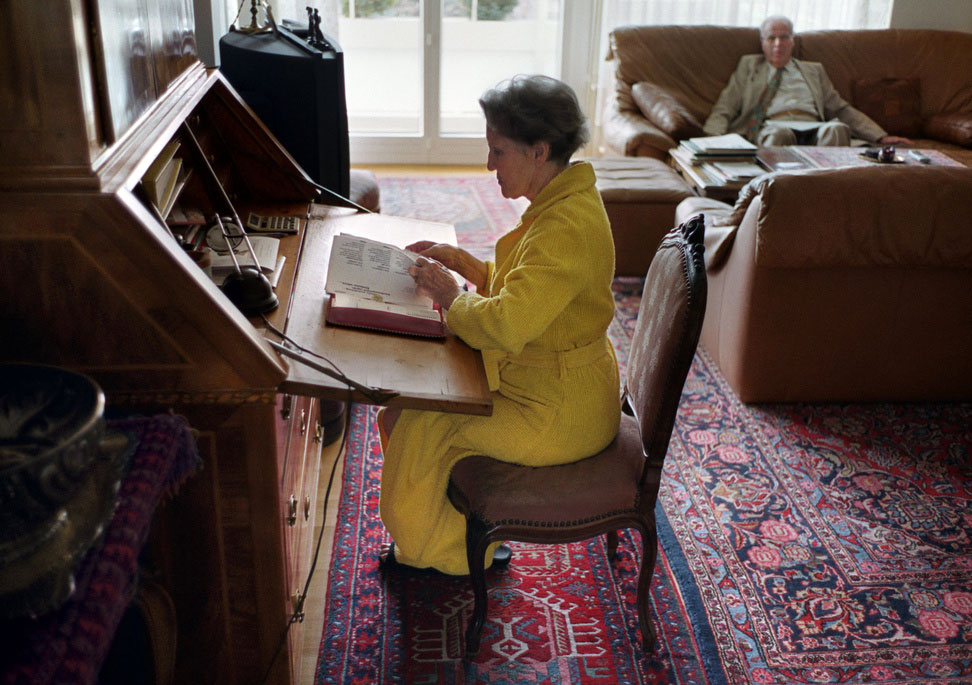
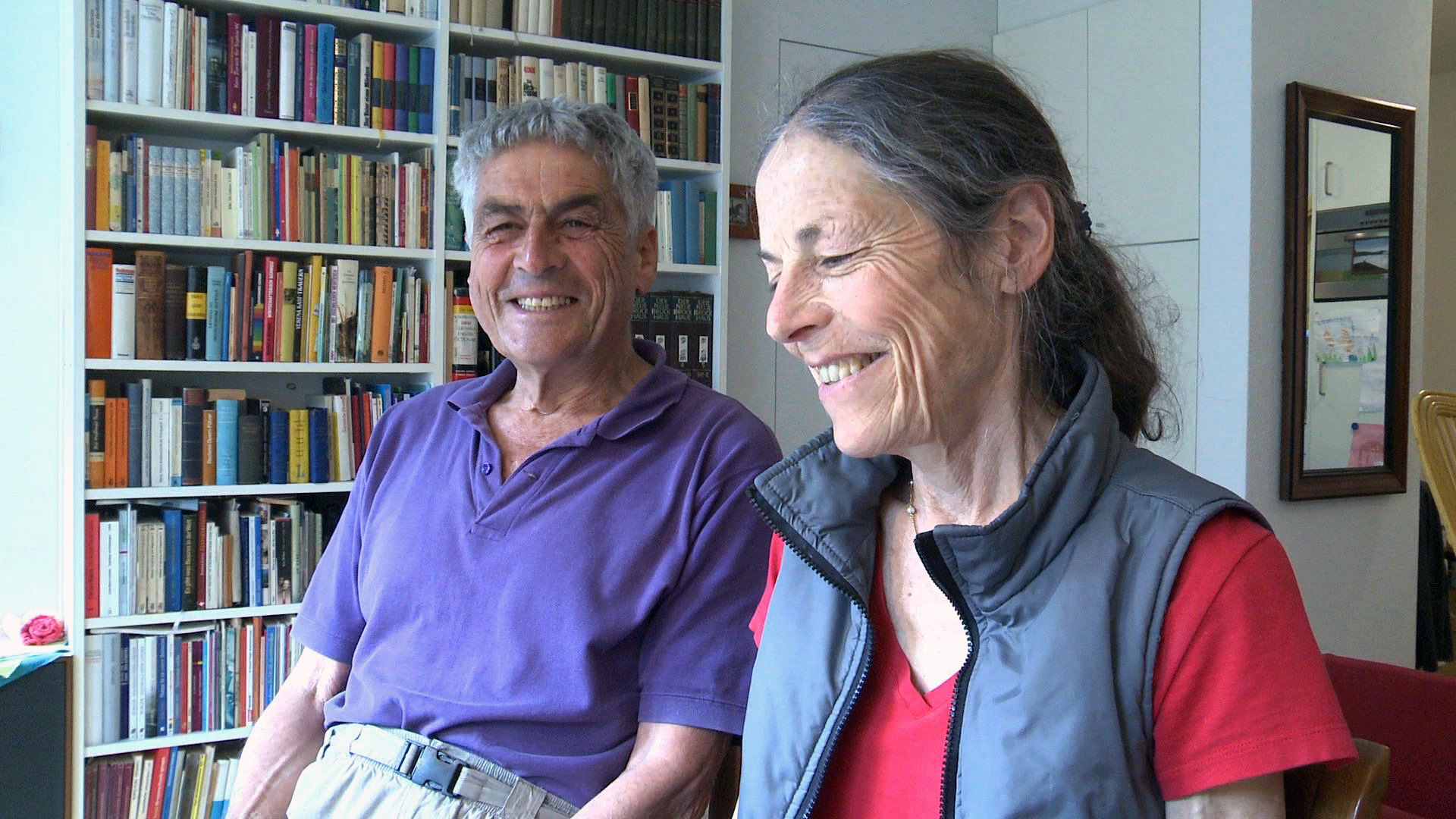
You can find an overview of ongoing debates with our journalists here. Please join us!
If you want to start a conversation about a topic raised in this article or want to report factual errors, email us at english@swissinfo.ch.